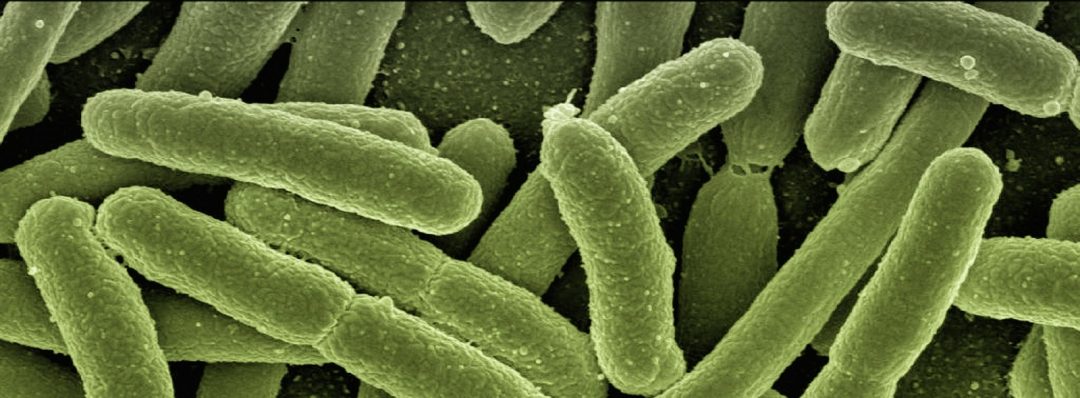Bacteria can create an electric current outside their own cell, known as extracellular electron transport. This has been demonstrated and analysed in detail in some bacteria that specialise in the metabolism of metal salts. A group of researchers has now studied extracellular electron transport in a completely different type of bacterium – the lactic acid bacterium Enterococcus faecalis, which can be found in the gastrointestinal tract of both humans and animals.
In the study, the researchers investigated what it takes for electrons from the bacterium to be transported to an electrode. The results from their experiments show that enterococci placed at an electrode can give rise to an electric current created by the metabolism of the cell. The electrons are released when the bacterium breaks down sugar inside its cell. The actual transmission of electrons to the electrode takes place with the help of what are known as quinone molecules inside the cell membrane.
“Lactic acid bacteria, and many other bacteria, are probably capable of performing electrochemistry”, says Lars Hederstedt, microbiology professor at Lund University. The results in the study also show that a bacterium in its natural environment, i.e. together with other bacteria and fungi, may have properties that it otherwise lacks. What happens is that two or more types of microorganisms intertwine their metabolic capacity to benefit the growth of one or both of the organisms. According to the study, this form of cooperation between microorganisms, known as synthrophy, may be linked to electron transport between the parties involved.
“Synthrophy provides a metabolic ability that the cells do not have on their own. For example, a certain chemical compound can be effectively broken down in nature only when two different types of bacteria occur together, but not individually”, says Lars Hederstedt. This phenomenon is of medical interest as enterococci are usually found in the intestine of both humans and animals.
The research is also of interest in other areas. Detailed knowledge of electron transport between bacteria and electrodes is important in order to design and improve microbial electrochemical systems. These systems have many areas of application apart from drug development, such as fuel cells in bioenergy production, waste water treatment plants and biosensors. “We believe our results encourage more research into environments with a complex composition of organisms”, concludes Lars Hederstedt.

















